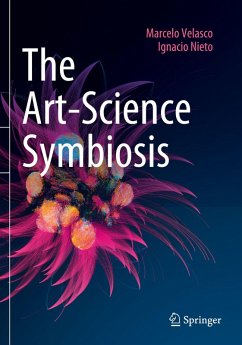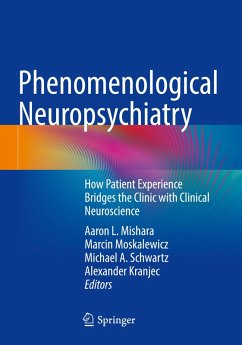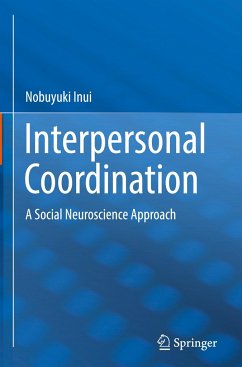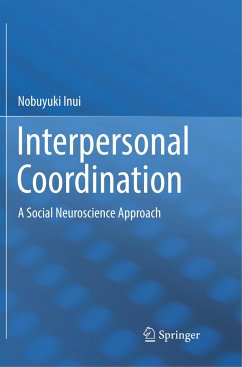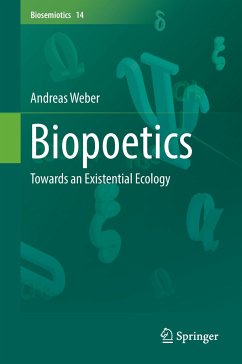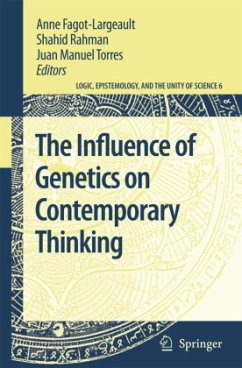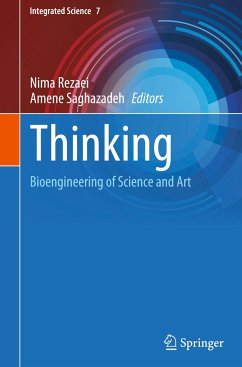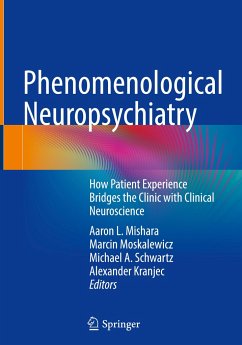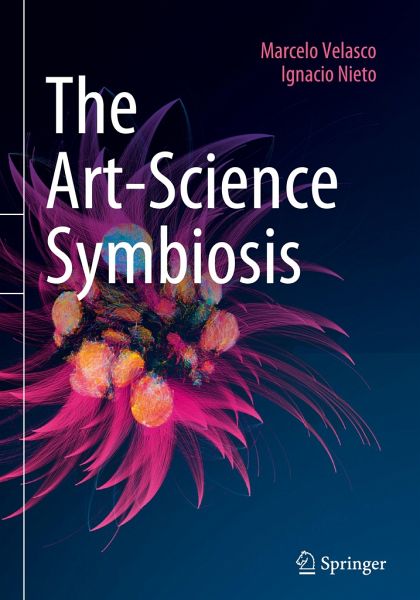
The Art-Science Symbiosis
Versandkostenfrei!
Versandfertig in 1-2 Wochen
32,99 €
inkl. MwSt.
Weitere Ausgaben:

PAYBACK Punkte
16 °P sammeln!
This book delves into the long-standing human aspiration to combine art and science. In six chapters, The Art-Science Symbiosis outlines new approaches to understand current scientific practice in general and art-science in particular, showcasing how contemporary art can provide a unique perspective on the meaning and potential of collaboration. With more than a hundred full colour images, The Art-Science Symbiosis serves as a resource for researchers interested in the art-science integration, as well as a general reference for interdisciplinary and transdisciplinary work.In the book, twenty-t...
This book delves into the long-standing human aspiration to combine art and science. In six chapters, The Art-Science Symbiosis outlines new approaches to understand current scientific practice in general and art-science in particular, showcasing how contemporary art can provide a unique perspective on the meaning and potential of collaboration. With more than a hundred full colour images, The Art-Science Symbiosis serves as a resource for researchers interested in the art-science integration, as well as a general reference for interdisciplinary and transdisciplinary work.
In the book, twenty-two works have been selected based on their inherent merits and for the emergent knowledge that their art-science integration produces. These works have sparked novel questions, ideas and curiosity amongst scientists and artists alike which, we hope, will promote further dialogue not only amongst them but with the general public, inspiring a process that may leadto diverse, complex, and promising results with real-world consequences we have as yet to uncover.
The Key messages of the book are:
Contemporary art is a powerful space of dialogue between science and the public
Interdisciplinary work based on symmetrical collaboration promotes groundbreaking results
Artistic inquiry can lead to new understanding of scientific exploration
Art-science practice could be started using a simple methodology
In the book, twenty-two works have been selected based on their inherent merits and for the emergent knowledge that their art-science integration produces. These works have sparked novel questions, ideas and curiosity amongst scientists and artists alike which, we hope, will promote further dialogue not only amongst them but with the general public, inspiring a process that may leadto diverse, complex, and promising results with real-world consequences we have as yet to uncover.
The Key messages of the book are:
Contemporary art is a powerful space of dialogue between science and the public
Interdisciplinary work based on symmetrical collaboration promotes groundbreaking results
Artistic inquiry can lead to new understanding of scientific exploration
Art-science practice could be started using a simple methodology



